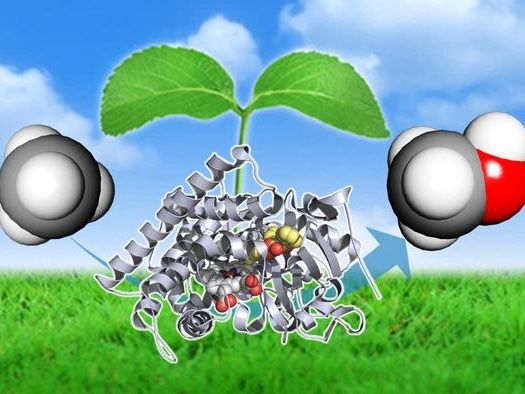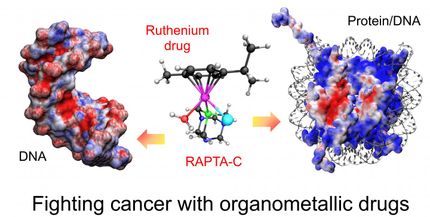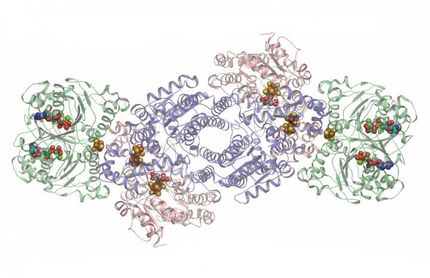Structure generation software allows scientists to begin exploring the types of nucleic acids
RNA thought to be a primordial molecule, and many researchers feel that understanding its origin is of key importance to understanding the origins of life. However, despite its central role, surprisingly little is understood about where RNA actually came from.
Henderson James Cleaves II at the Earth-Life Science Institute (ELSI) of the Tokyo Institute of Technology, together with scientists in Germany and the US, generated and examined all the possible isomers of RNA nucleosides. They wanted to determine where RNA might sit in terms of its ‘structure space’ – the number of possible molecular structures that could exist given certain defining parameters. Their findings suggest RNA may have competed with multiple other structures before becoming the central molecule in biology it is today.
Using structure-generation software, Cleaves and his team uncovered 227 different isomeric structures, as well as scores of simpler analogues, which could potentially serve as building blocks for RNA-like molecules. They selected the structures following a careful screening of the total number of possibilities which could be derived from the ribosides’ formula. They chose structures that were likely to remain stable in certain conditions, and those with at least two functional groups which would allow the monomers to become part of more complex, linear polymers.
Their results raise many questions, and suggest RNA may not have been alone in its ability to carry genetic information in the distant past. Hardly any of the 227 structures in this set have been previously investigated, and so their ability to carry out genetic inheritance functions is unknown. Cleaves’ team call for further research into this huge RNA ‘structure space’ to explore these findings further.
Background
It is likely that both RNA, and its partner DNA, evolved as the optimal approach for this task, given certain defining parameters such as the ability to function and remain stable in small cells. Nature’s solutions were RNA and DNA, in this instance, but the outcome could have been different had other versions of these molecules dominated during the early days of life on Earth.
So far, no one-pot reaction has been able to recreate RNA monomers in the laboratory using simple prebiotic materials. This scenario has led to dispute within the field as to whether or not RNA is a ‘unique’ molecule, all alone in its own ‘structure space’. This is the first study to examine all of the possible isomers that can be created from RNA’s basic chemical formula.
This research is the first to attempt to define RNA’s ‘structure space’ – to elucidate the total possible isomers of ribosides that could form the basis of RNA-type molecules. Cleaves and his team uncovered 227 structures likely to survive in moderate environments, which may have similar functions to RNA. Most of these structures have never been scientifically described or studied.
Implications of current research
The findings of this study imply that RNA may have competed with a large number of alternative nucleic acids during biological evolution to become the key nucleic acid it is today, and alternate evolutionary outcomes could occur on other planets. The authors urge further work in this area, and suggest caution should be taken in assuming that RNA was unique in its ‘structure space’ in the early stages of life on Earth.
Original publication
Other news from the department science

Get the life science industry in your inbox
By submitting this form you agree that LUMITOS AG will send you the newsletter(s) selected above by email. Your data will not be passed on to third parties. Your data will be stored and processed in accordance with our data protection regulations. LUMITOS may contact you by email for the purpose of advertising or market and opinion surveys. You can revoke your consent at any time without giving reasons to LUMITOS AG, Ernst-Augustin-Str. 2, 12489 Berlin, Germany or by e-mail at revoke@lumitos.com with effect for the future. In addition, each email contains a link to unsubscribe from the corresponding newsletter.
Most read news
More news from our other portals
Last viewed contents
Rod_sheath
Piwi
Lateralization_of_brain_function
Genetic_marker
Gate_control_theory_of_pain
Scombroid_food_poisoning
Pili_multigemini























































